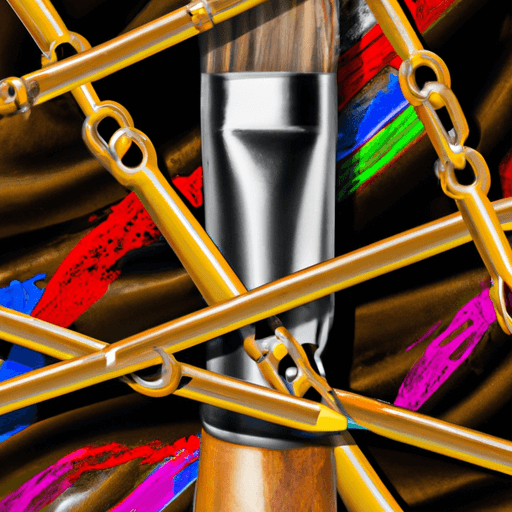The Delicate Balance: Censorship and Artistic Freedom in the Contemporary World
Art in all its forms has been central to the human experience for thousands of years. However, the relationship between art and society is a delicate balance, particularly when it comes to censorship and artistic freedom. The contemporary world finds itself wrestling with these complexities, often resulting in notable disputes between those who advocate for control over content and those who champion the unfiltered expression of ideas.
The Impact of Censorship on Creative Expressions
Censorship, in all respects, can hugely impact art, literature, music, theater, and other forms of artistic expression. Artists use their works to question, to provoke and often to challenge the establishment, laws, societal norms and behaviors. When these works are censored, it not only impedes their creative rights but also limits viewers or readers from experiencing diverse perspectives and thoughts.
Recent Examples of the Clash
In recent years, several pieces of art across the globe have sparked debates on censorship and artistic freedom. Banksy's politically-charged graffiti, Ai Weiwei's controversial exhibits, or the banning of books like The Satanic Verses by Salman Rushdie, each of these examples demonstrate the frequent collision between authorities' urge to control narratives and artists' unyielding belief in freedom of expression.
The Internet and Social Media: Reframing the Censorship Debate
With the rise of the internet and social media platforms, the exploration of censorship has taken a new turn. These platforms have proved to be double-edged swords. They've democratized art, allowing more people than ever to create and share their work. However, they've also enabled a new era of censorship where influential entities can manipulate algorithms and policies to suppress views they find disagreeable.
Potential Effects of Excessive Censorship
Excessive censorship may stifle creativity, hamper social development, and breed resentment among the citizenry. It risks promoting a culture of fear, where artists might self-censor to avoid reprisals. On a broader scale, it may also inhibit societal progress, as challenging established norms is a vital part of evolving as a society.
Censorship: Maintenance of Peace or Stifling of Progress?
It's crucial to explore whether censorship is necessary for maintaining public peace and order or if it’s a harmful hurdle to the progression of art. Respectfully, while there are reasonable arguments for some forms of regulation, they must always be balanced against the fundamental right to freedom of expression. As we move forward, we must strive to find this delicate balance where creativity can flourish while respecting the societal harmony.



















Comments
Leave a Comment